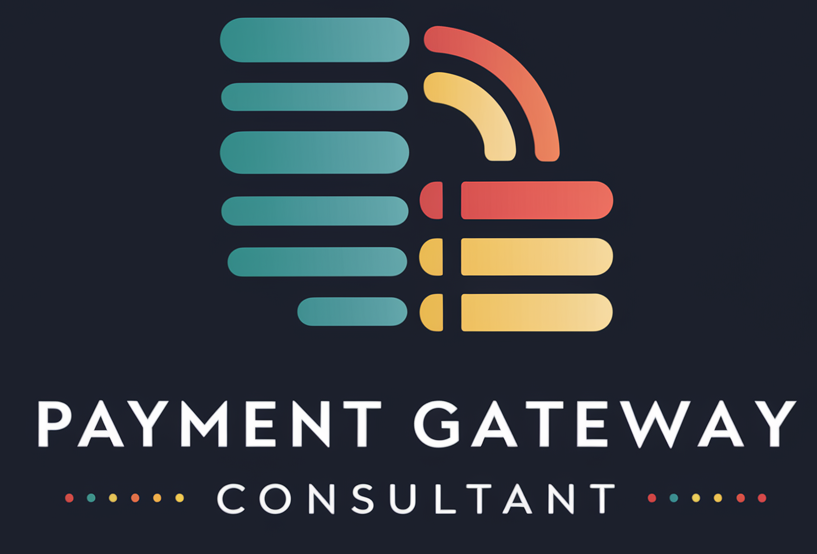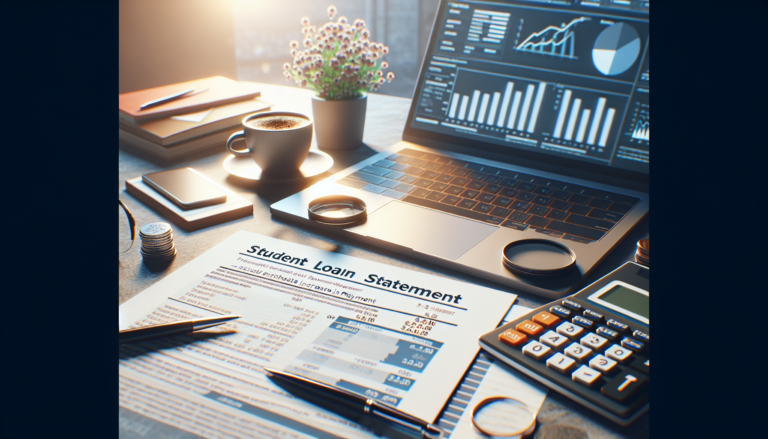Understanding Why Your Student Loan Payment Increased
If you’ve noticed a sudden increase in your student loan payment, you’re not alone. Many borrowers experience payment increases at some point during their repayment journey. Understanding the reasons behind these increases is essential for managing your student loans effectively.
Graduated Repayment Plans
One common reason for payment increases is being on a graduated repayment plan. Under this type of plan, your payments start low and gradually increase every two years, regardless of your income. This can catch borrowers off guard if they’re not prepared for the scheduled increases.
Income-Driven Repayment Plans
If you’re on an income-driven repayment plan, such as Income-Based Repayment (IBR) or Pay As You Earn (PAYE), your monthly payment is based on your income and family size. If your income increases or you fail to recertify your income annually, your payment could go up.
Variable Interest Rates
Another factor that can lead to higher payments is having loans with variable interest rates. Unlike federal student loans, which have fixed rates, private student loans often come with variable rates that can fluctuate based on market conditions. When interest rates rise, your monthly payment will increase as well.
End of Deferment or Forbearance
If you recently ended a period of deferment or forbearance, during which you were not required to make payments, you may see a higher bill when payments resume. This is because interest continues to accrue on your loans during these periods, leading to a larger balance when repayment begins again.
How Loan Consolidation Affects Your Payments
Loan consolidation is the process of combining multiple federal student loans into a single Direct Consolidation Loan. While this can simplify repayment by giving you a single loan and monthly bill, it can also result in a payment increase.
Single Higher Payment
When you consolidate your loans, your new monthly payment is calculated based on the weighted average of the interest rates on the loans being consolidated, rounded up to the nearest one-eighth of a percent. This means you could end up with a single higher payment compared to what you were paying across multiple loans before.
Pros and Cons of Loan Consolidation
While loan consolidation can lead to a higher monthly payment, it also offers some benefits:
- Simplified repayment with a single loan and payment
- Access to additional repayment plans and loan forgiveness programs
- Option to extend repayment term up to 30 years, lowering monthly payments
However, extending your repayment term will increase the total amount of interest you pay over the life of the loan. It’s important to carefully consider the pros and cons before deciding if consolidation is right for you.
Managing Increased Student Loan Payments
If you’re struggling with higher student loan payments, there are several strategies you can employ to make repayment more manageable:
Switching to a Standard Repayment Plan
If you’re on a graduated or income-driven plan and your payments have become too high, consider switching to a Standard Repayment Plan. This plan offers fixed payments over a 10-year term, which may be more affordable than your current payments.
Refinancing for Fixed Rates
For borrowers with private loans, refinancing to a loan with fixed interest rates can provide stability and protection against future rate increases. Refinancing can also allow you to extend your repayment term and lower your monthly payments.
Enrolling in Auto-Pay
Many lenders offer an interest rate reduction if you enroll in automatic payments. This can slightly lower your monthly payment while also ensuring you never miss a due date.
Budgeting and Finding Additional Income Streams
Adjusting your budget and looking for ways to increase your income can make higher student loan payments more manageable. Consider cutting discretionary expenses, negotiating a raise, or taking on a side hustle to boost your cash flow.
Exploring Loan Forgiveness Programs
Depending on your career and repayment plan, you may be eligible for a loan forgiveness program that could significantly reduce your student debt burden. One popular option is Public Service Loan Forgiveness.
Public Service Loan Forgiveness
Public Service Loan Forgiveness (PSLF) is a federal program that forgives the remaining balance on your Direct Loans after you make 120 qualifying payments while working full-time for a government organization or non-profit.
Eligibility and Application Process
To be eligible for PSLF, you must:
- Work full-time for a qualifying employer
- Have Direct Loans or consolidate other federal loans into a Direct Consolidation Loan
- Make 120 qualifying payments on an income-driven repayment plan
| Loan Forgiveness Program | Eligibility Requirements |
|---|---|
| Public Service Loan Forgiveness (PSLF) |
|
| Teacher Loan Forgiveness |
|
Submitting an application for loan forgiveness requires careful documentation, so be sure to review the requirements and consult with your loan servicer.
Contacting Your Loan Servicer for Assistance
If you have questions about your student loan payment increase or need help exploring repayment options, your loan servicer should be your first point of contact. Your servicer is the company that manages your loans and can provide personalized assistance.
Understanding Your Payment Increase
Your loan servicer can help you understand why your payment went up and what factors are influencing the change. They can review your repayment plan, loan terms, and other details to provide a clear explanation.
Exploring Repayment Options
If your current repayment plan no longer works for your budget, your servicer can walk you through other repayment options that may be a better fit. They can help you compare plans, estimate new payment amounts, and align your repayment strategy with your financial goals.
Ultimately, staying informed and proactive is key to successfully navigating student loan payment increases. By understanding the reasons behind the increase, exploring your options, and working with your loan servicer, you can find a manageable path forward.
See also:






